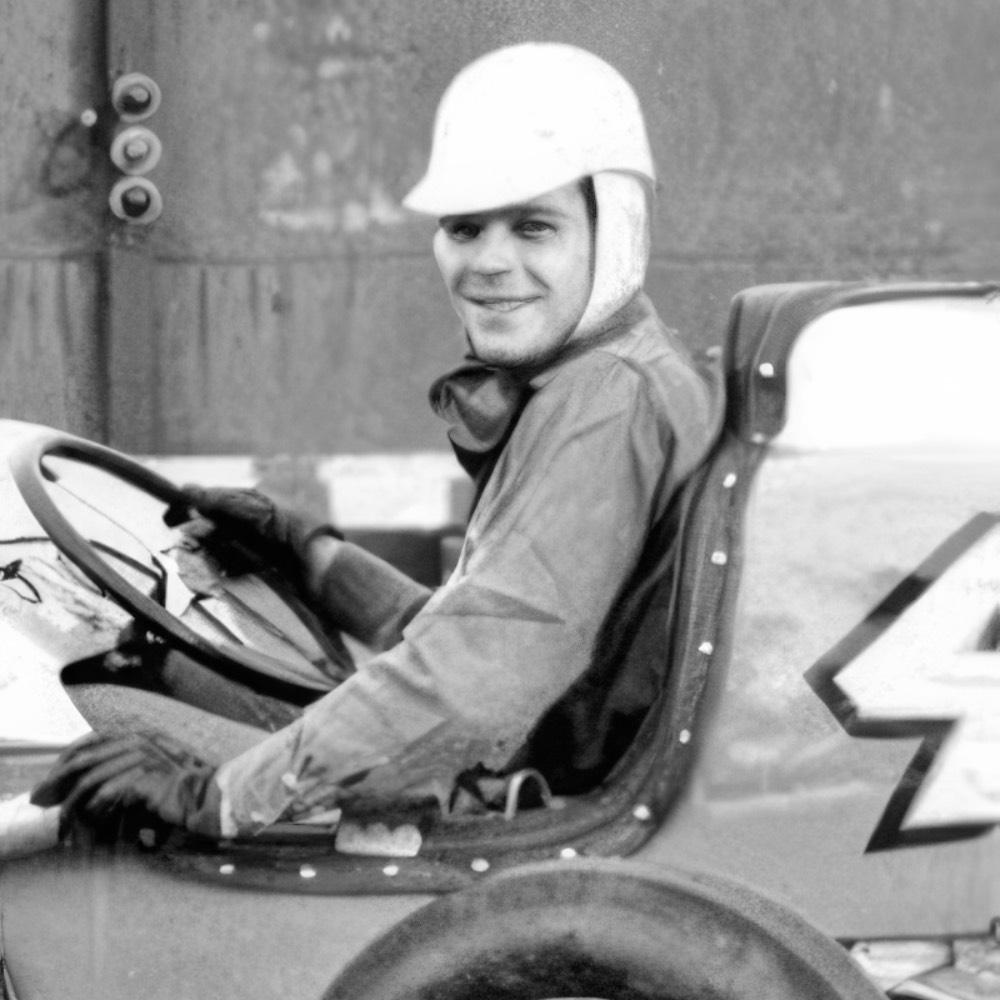
Alberto Uría
Career Statistics
Biography
Alberto Uría (July 11, 1924 - December 4, 1988): A pioneering Uruguayan racing driver from Montevideo who holds the distinction of being the first driver from Uruguay to compete in Formula One World Championship events, representing his small nation on motorsport's biggest stage during the 1950s. Born in Uruguay's capital city on July 11, 1924, Uría grew up during an era when motorsport was dominated by European and occasionally Argentine competitors, with little representation from smaller South American nations. His emergence as a competitive racing driver represented a significant achievement for Uruguayan motorsport. Uría's Formula One career consisted of two World Championship Grand Prix appearances, both contested at the Argentine Grand Prix, which during the 1950s occasionally counted as a round of the World Championship despite being held in Buenos Aires rather than his home country of Uruguay.
His debut came on January 16, 1955, at the Argentine Grand Prix held at the Autódromo Oscar Alfredo Gálvez circuit in Buenos Aires. Driving a privately entered Maserati as an independent privateer without factory support, Uría showed competitive pace during practice and the early stages of the race. The Uruguayan was running strongly in his World Championship debut and appeared capable of scoring points before mechanical problems forced his retirement from the race, a frustrating end to a promising performance that had demonstrated his natural racing ability. Undeterred by his debut disappointment, Uría returned to the Argentine Grand Prix in 1956, again driving his private Maserati entry.
This time he would achieve his career-best Formula One result, sharing sixth place with Argentine driver Oscar González. In an era when drivers occasionally shared cars during races due to mechanical issues or fatigue, particularly in the intense South American heat, Uría and González combined to bring their Maserati home in sixth position, earning Uría his only classified World Championship finish. While he scored no official championship points from this result under the scoring system of the era, the shared sixth place represented a significant achievement for both drivers and for Uruguayan motorsport. Beyond his two Formula One appearances, Uría remained active in motorsport throughout the 1950s and into the 1960s, competing in various racing events across South America.
He participated in local motorsport events in Uruguay, helping to develop and promote racing in his home country during a period when the sport was still establishing itself in smaller South American nations. His presence in local competitions provided inspiration for future generations of Uruguayan racing enthusiasts and helped legitimize motorsport within Uruguay's sporting culture. As Uruguay's first Formula One driver, Uría served as a pioneer who demonstrated that drivers from smaller nations could compete on the international stage. During the 1950s, when Formula One was dominated by European manufacturers and drivers, with occasional Argentine participation due to Juan Manuel Fangio's success, Uría's appearances represented Uruguay on the world stage and brought international attention to his country's motorsport scene.
Following his retirement from active competition, Uría remained connected to Uruguay's motorsport community, though details of his later life remain relatively scarce. He passed away on December 4, 1988, in Montevideo at the age of 64. While his Formula One statistics were modest—two race entries, one retirement, one shared sixth-place finish, and no championship points—his historical significance to Uruguayan motorsport cannot be overstated. As the first Uruguayan to compete in Formula One, Alberto Uría opened doors for future generations and demonstrated that talent and determination could overcome the geographical and financial obstacles facing drivers from smaller nations.
His legacy lives on as a pioneer who represented Uruguay with pride during Formula One's formative years.